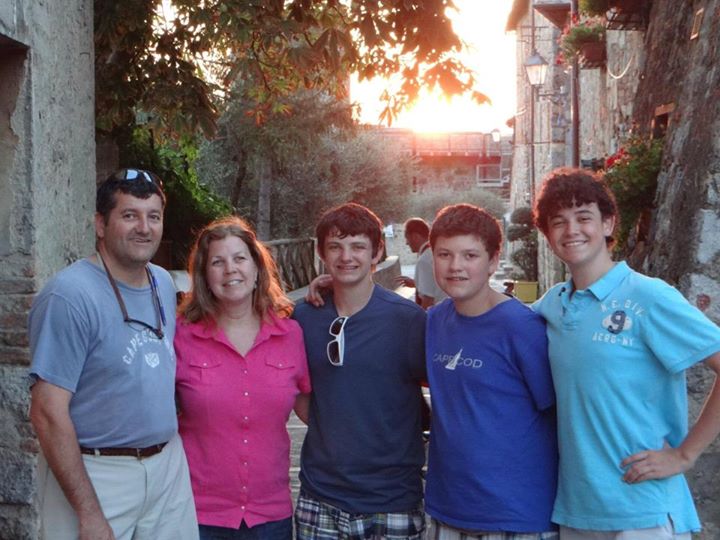By Sloan Blanton
The nonprofit sector is growing, with more and more organizations and foundations emerging daily. However, they are not all managed or held to the same standard. Because of this, donors want to be ensured their philanthropic dollars are being utilized and allocated properly. They are requesting higher accountability and transparency from the organizations they support.
Such donors look for third-party accreditation that their dollars are being maximized. Charity Navigator is America's most-utilized independent evaluator of charities in the competitive philanthropic marketplace, championing efficient, successful, open and ethical charities. By celebrating top charities, Charity Navigator provides the public with useful information needed to provide donors with confidence in their charitable choices.
Charity Navigator has rated Hearing Health Foundation (HHF) with 4 out of 4 stars, the highest possible rating. This indicates that HHF adheres to sound governance, accountability, transparency, and fiscal management, minimizing the organization’s chance of engaging in fiscally irresponsible activities. This rating from Charity Navigator also illustrates how HHF pursues its mission to prevent and cure hearing loss and tinnitus while promoting hearing health in a financially responsible way.
Hearing Health Foundation’s 4-star rating from Charity Navigator differentiates HHF from its peers, and assures the public it is worthy of their trust. "Donors have a choice as to where they invest their philanthropic dollars. We strive to make the greatest impact with every contribution to HHF and are honored to be recognized for our efforts by Charity Navigator, America's premier charity evaluator," said Claire Schultz, HHF’s chief executive officer.
Forbes, Business Week, and Kiplinger's Financial Magazine, among others, applaud Charity Navigator's unique method of applying data-driven analysis to the nonprofit sector. As the leading charity evaluator in the United States, it draws more website traffic than all other charity rating organizations combined.
More than 80 cents of every dollar donated to HHF directly benefits its research efforts towards a cure for hearing loss and tinnitus. Please consider making a gift today. Imagine the day when HHF finds a cure... you'll be able to say you helped made it possible!
HHF reports to the Internal Revenue Service using form 990 under the tax identification number of 13-1882107. HHF is a 501(c)(3) tax-exempt corporation. All donations to HHF are tax-deductible.



















